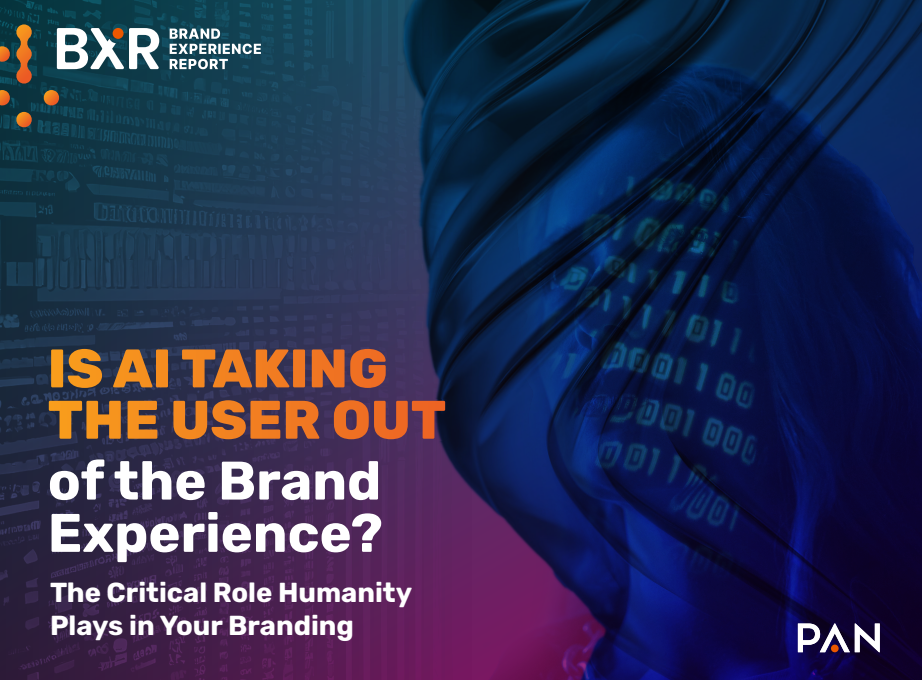High tech’s great Gen AI opportunity | Accenture
Artificial Intelligence
|
Warning: Undefined array key 0 in /home/dmc/public_html/wp-content/themes/DMC/single-report.php on line 21
Warning: Attempt to read property "name" on null in /home/dmc/public_html/wp-content/themes/DMC/single-report.php on line 21
Introduction
As high-tech companies adopt generative AI to boost efficiency and spark creativity within their own operations, they must also enable their customers’ AI experiences and drive new revenue streams. Achieving these dual objectives is challenging, but Accenture’s insights offer a strategic roadmap for navigating this transformation.
In March 2023, Accenture released a report titled “A New Era of Generative AI for Everyone,” highlighting the rapid growth of AI technologies like ChatGPT, which reached 100 million monthly users within two months—making it the fastest-growing consumer application in history. Additionally, Accenture’s research indicated that up to 40% of all working hours could be influenced by Large Language Models (LLMs). Since then, the momentum of generative AI exploration in businesses has exceeded even the most optimistic forecasts.
For instance, Accenture’s recent findings show that 73% of high-tech CxOs are eager to explore generative AI applications such as natural language processing, text generation, and customer service automation. Most business leaders are already investing in generative AI or are actively considering its potential to enhance or revolutionize their operations and innovation processes.
Learning and Leading in the Gen AI Transformation
High-tech companies are uniquely positioned in the generative AI transformation. They must not only adopt generative AI within their own operations to innovate and improve efficiency across areas like finance, supply chain, manufacturing, customer success, and talent management but also provide the essential tools that enable this technology. High-tech products, including semiconductors, smartphones, PCs, medical equipment, servers, and enterprise solutions, are the backbone that allows other industries to harness the potential of generative AI.
The way high-tech companies integrate generative AI into their products and solutions will shape how it is utilized across various sectors. Ultimately, these companies must simultaneously learn and lead in the AI transformation. Each step they take as adopters of generative AI enhances their ability to facilitate AI-driven transformation across all industries through their offerings.
The effectiveness with which they balance these roles—adopter and enabler—will have profound impacts, influencing their own employees, customers, and end-users across the globe.
Adopting Gen AI: a catalyst for change
High-tech leaders are already recognizing the market trends that demand enhanced customer experiences through as-a-Service (aaS) offerings. These offerings not only lower entry barriers but also provide a stable source of recurring revenue while enabling more proactive and personalized customer engagement. However, transitioning to an organization capable of delivering these offerings is challenging, and many high-tech companies have yet to make the necessary organizational changes to meet these market demands.
Generative AI could be a transformative force in this shift. The strategic adoption of generative AI across the organization can accelerate the move towards aaS offerings by bridging the gap between hardware and software, allowing companies to build capabilities rapidly. For instance, R&D teams can leverage generative AI to gain deep customer insights, quickly iterate on prototypes, and enhance product quality. Generative AI can also provide deeper product usage insights and guidance, facilitating a proactive customer success model that anticipates and resolves issues. Additionally, it can integrate across multiple data sets to mitigate supply chain risks and drive targeted, impactful marketing communications.
These advancements create an ideal environment for offering higher risk/reward models and alleviating the complexities of platform management for customers—all at a competitive price, with greater reliability and higher margins.
In essence, generative AI is a catalyst for significant organizational change. A high-tech company that effectively utilizes generative AI today becomes a prime example of how its products can empower other businesses. What might this look like in practice? It could involve investing in generative AI infrastructure within the organization to accelerate current tasks, such as enhancing software development capabilities. Data scientists and AI practitioners spend over three-quarters (77%) of their time on data preparation, training, modeling, and tuning—tasks that demand substantial computational resources. Investing in this essential infrastructure upfront can lead to significant cost savings and revenue growth over time, providing a financial boost to support long-term strategies for closer customer engagement.
Alternatively, generative AI-enabled services could assist in launching new products or services by bridging interconnected roles across R&D, sales, marketing, customer service, and beyond. The accompanying graphic illustrates six use cases where high-tech companies can demonstrate how generative AI can drive internal transformation.
The key principle for adopting generative AI in high-tech companies is to prioritize people. This involves designing generative AI solutions with continuous input from the individuals who will use them, ensuring the technology enhances human creativity while allowing room for mistakes and learning. It also means making AI accessible to all employees, enabling them to contribute their full potential, and building trust so that everyone feels confident using generative AI without fear. The diverse, creative perspectives of users will ultimately improve the technology’s interface and effectiveness.

Continue reading and download the full report to explore how Gen AI is revolutionizing high tech.
Related Research: Work, workforce, workers: Reinvented in the age of generative AI | Accenture
The Table of Contents of “High tech’s great Gen AI opportunity”Report:
- Adopting Gen AI: a catalyst for change
- Enabling Gen AI: Collaborate more than ever
- Leading the Gen AI revolution
Number of Pages:
- 18 pages
Pricing:
- Free
Warning: Undefined array key "sidebar_ads" in /home/dmc/public_html/wp-content/themes/DMC/functions/helpers.php on line 824






